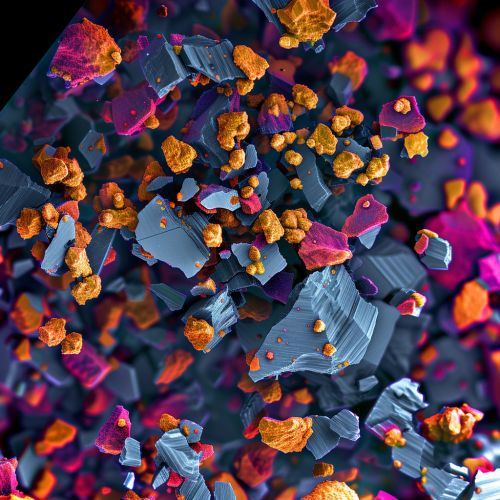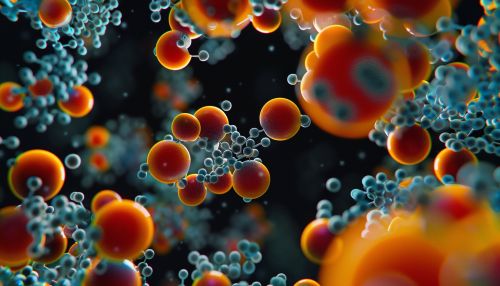Nanoscale Zero-Valent Iron (nZVI)
Introduction
Nanoscale Zero-Valent Iron (nZVI) is a type of nanoscale material that has gained significant attention in recent years due to its potential applications in environmental remediation and other fields. nZVI is composed of iron particles that are typically less than 100 nanometers in size, which gives it unique properties compared to bulk iron.


Synthesis of nZVI
The synthesis of nZVI can be achieved through several methods, including physical, chemical, and biological processes. The most common method is the chemical reduction of iron salts, such as ferrous sulfate or ferric chloride, in the presence of a reducing agent. The resulting nZVI particles are typically coated with a stabilizing agent to prevent agglomeration and oxidation.
Properties of nZVI
The properties of nZVI are largely determined by its size and surface area. Due to its nanoscale size, nZVI has a high surface area-to-volume ratio, which enhances its reactivity. Furthermore, nZVI is highly reactive due to the presence of zero-valent iron, which can donate electrons to other substances, making it a powerful reducing agent.
Applications of nZVI
The primary application of nZVI is in environmental remediation, particularly for the treatment of contaminated groundwater. nZVI can be used to degrade a wide range of pollutants, including chlorinated organic compounds, heavy metals, and radionuclides. Other potential applications of nZVI include its use in the synthesis of magnetic nanocomposites, as a catalyst in chemical reactions, and in the treatment of wastewater.
Environmental Remediation
nZVI has been extensively studied for its potential use in the remediation of contaminated groundwater. The high reactivity and reducing power of nZVI make it effective for the degradation of many types of pollutants. For example, nZVI has been used to degrade chlorinated organic compounds, such as trichloroethylene, a common groundwater contaminant.
Other Applications
In addition to environmental remediation, nZVI has potential applications in other fields. For instance, nZVI can be used as a catalyst in certain chemical reactions, due to its high reactivity and reducing power. Furthermore, nZVI has been used in the synthesis of magnetic nanocomposites, which have potential applications in data storage and biomedical imaging.
Challenges and Future Directions
Despite the promising applications of nZVI, there are several challenges that need to be addressed. One of the main challenges is the tendency of nZVI particles to agglomerate, which can reduce their reactivity. Furthermore, the environmental impact of nZVI is not fully understood, and more research is needed to assess its potential risks and benefits.
